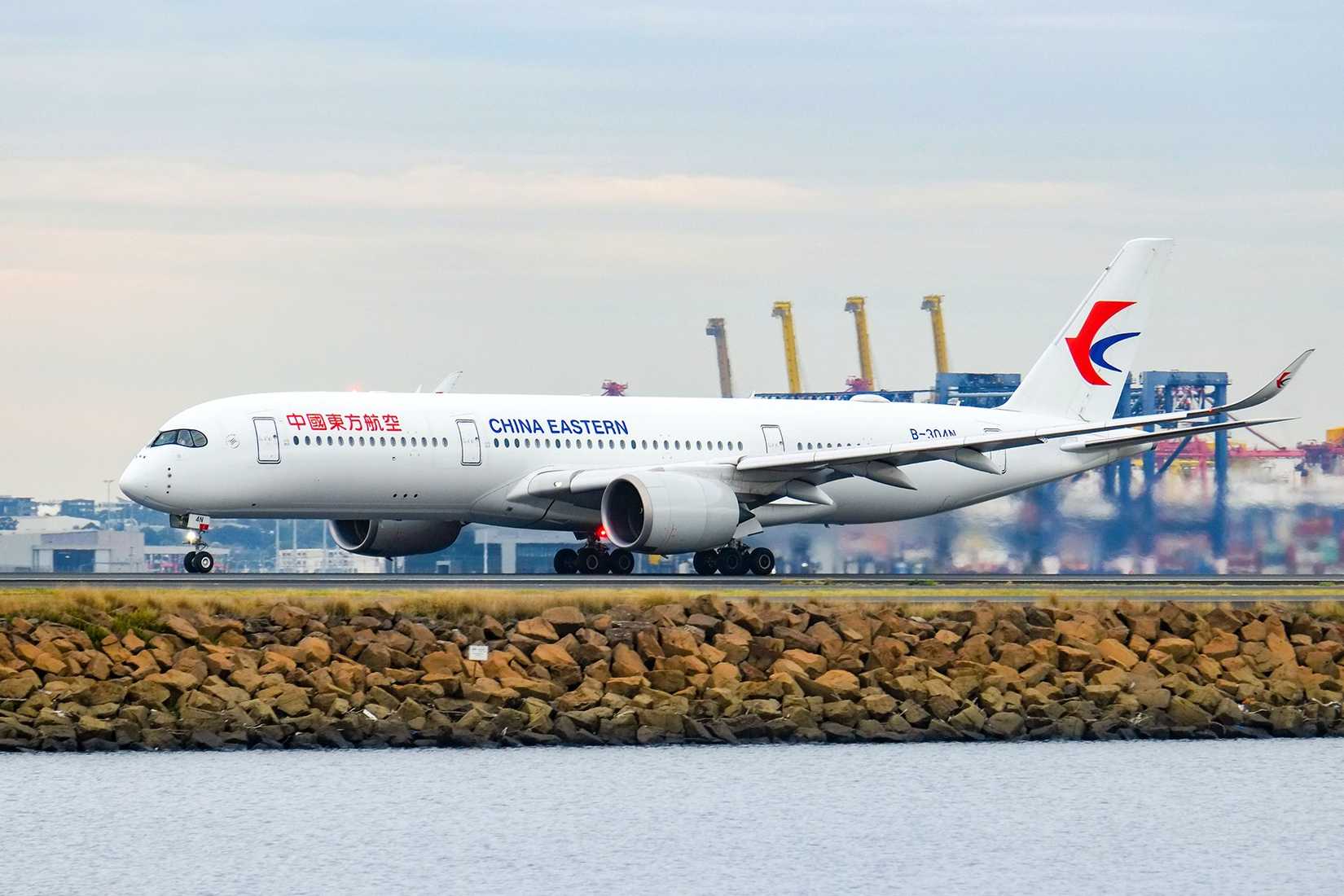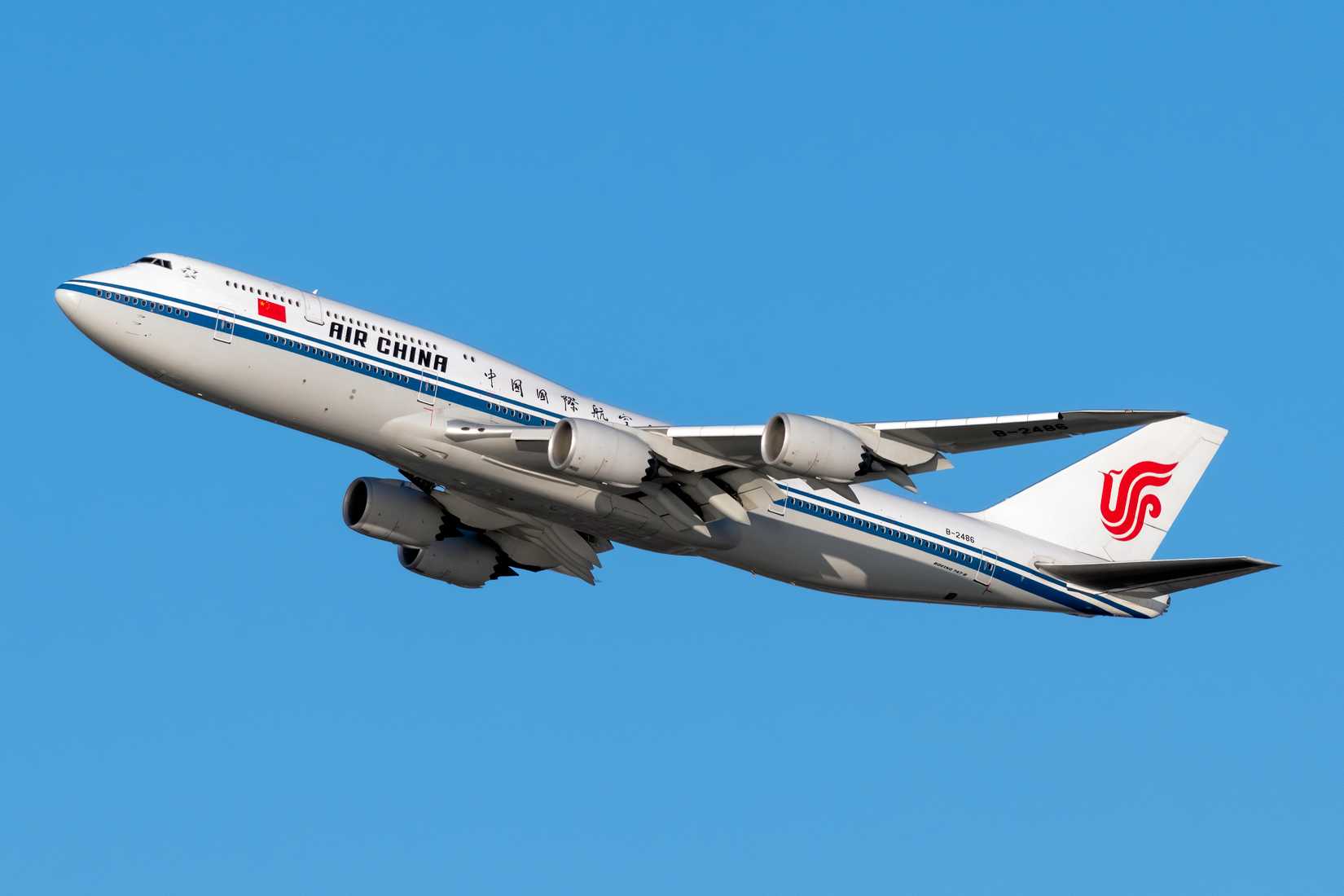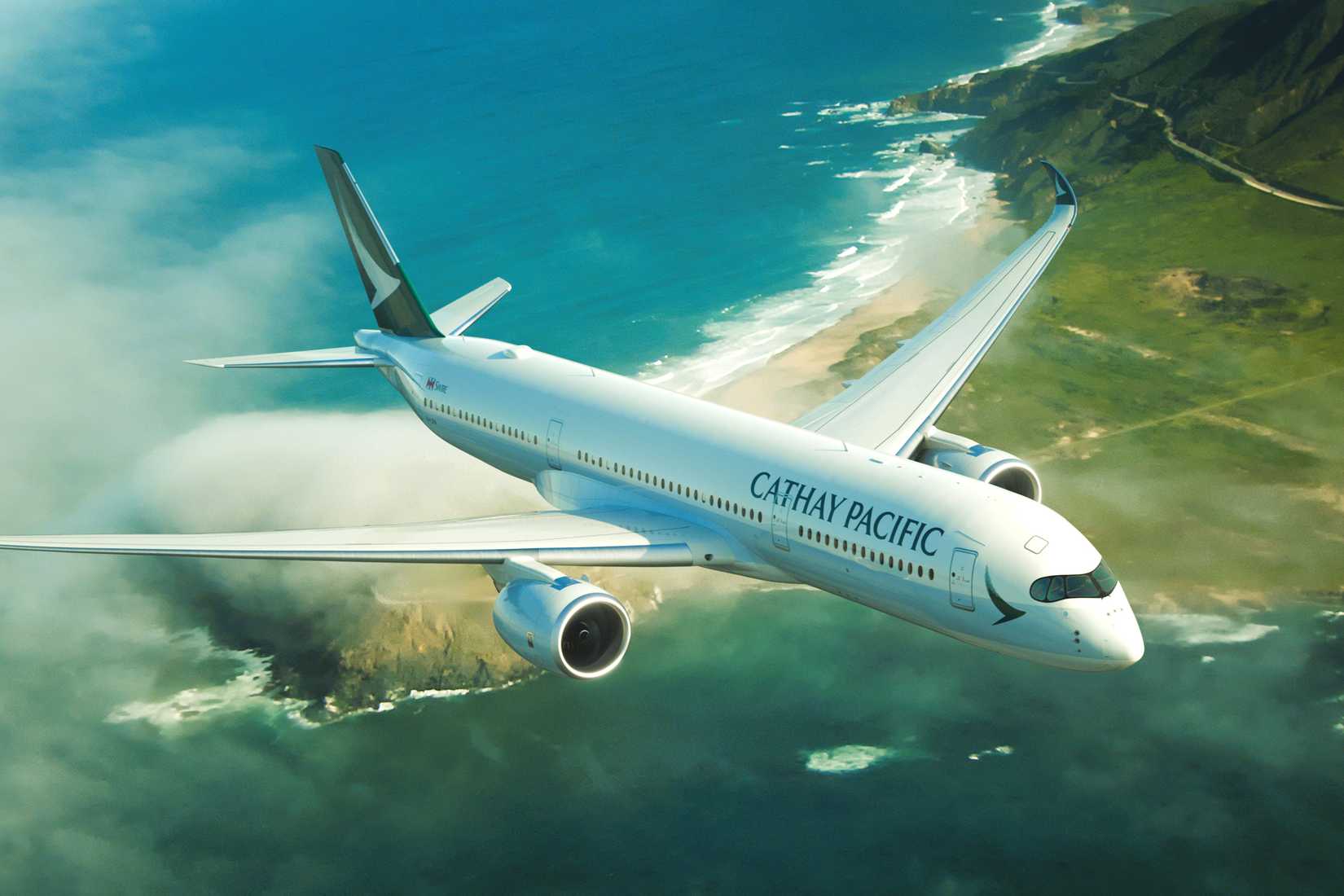China’s largest state-owned airlines have pushed back on a US plan to bar them from flying over Russia when traveling to or from US destinations. Six Chinese airlines have filed a complaint with the US Department Of Transportation (DOT), alleging that the proposed ban would increase ticket costs and inconvenience travelers from both countries.
Last week, the US said it plans to ban Russian overflights by Chinese carrier to prevent them gaining an unfair cost advantage over American carriers, which are barred from Russian airspace. Unsurprisingly, the US airlines have come out in support of the ban, saying that it is important to level the playing field. ![]() United Airlines has even suggested that the ban should be broadened to include Hong Kong-based carrier, Cathay Pacific.
United Airlines has even suggested that the ban should be broadened to include Hong Kong-based carrier, Cathay Pacific.
The Objections Of The Chinese Carriers
Russia closed its airspace to US airlines in 2022 following the imposition of sanctions in the wake of Russia’s invasion of Ukraine. This forces US airlines flying to Asia to take a more circuitous route, extending flight times and adding costs. Chinese carriers can overfly Russia and fly more direct routes to US destinations, giving them a competitive advantage that the US government is now trying to eliminate.
In their filings with the DOT, the Chinese airlines presented a range of objections:
-
 Air China
Air China
said that it opposes the proposal because it will make travel more inconvenient, estimating that “at least 4,400 passengers hold Air China tickets” to travel in the next two months, and the disruption would “impact passenger rights.” -
China Eastern Airlines
, which has the most weekly flights to the US, said in its filing that the ban “would extend the flight time on [its] most important routes by two to three hours.” -
China Southern
projected that nearly 3,000 passengers scheduled to travel over the holiday season “would need to be re-booked, jeopardizing their travel plans.” -
Xiamen Airlines
took an environmental stance, which is unlikely to fly with the Trump administration, saying “increased flight distances and higher fuel consumption with result in greater carbon emissions.”
The Chinese government has also reacted with anger to the proposed ban, which is seen as a reaction by the US government to export controls that China has placed on rare earth minerals. Commenting on the DOT proposal, Chinese Foreign Minister Guo Jiakun had some choice words to share with the South China Morning Post:
“We would suggest that the US side reflect on how its own policies are affecting American companies, rather than unjustifiably suppressing other countries and making global consumers pay the price.”
The Chinese Carriers That Are Impacted
Chinese airlines operate a total of 81 weekly flights to US destinations, with the dominant destinations being Los Angeles, New York JFK, and San Francisco. According to Cirium data, the proposed ban will impact more than 200,000 monthly seats on Chinese airlines operating to and from the US. It could also come into play at the busiest time of the year, impacting thousands of daily travelors over the Thanksgiving and Christmas holidays, as well the Chinese New Year in early 2026.
The US routes are operated by six different Chinese carriers, all of which have lodged filings with the DOT.  SkyTeam carrier China Eastern operates nearly half of these flights from its hub in Shanghai, with flag carrier Air China the next largest operator to the US, flying from both Beijing and Shenzhen.
SkyTeam carrier China Eastern operates nearly half of these flights from its hub in Shanghai, with flag carrier Air China the next largest operator to the US, flying from both Beijing and Shenzhen.
|
Chinese Airlines With US Routes |
|||
|
Airline |
Origins |
Destinations |
Weekly Flights |
|
Air China |
Beijing, Shenzhen |
Los Angeles, New York JFK, San Francisco, |
24 |
|
China Eastern |
Shanghai |
Chicago, Honolulu, Los Angeles, New York JFK, San Francisco |
37 |
|
China Southern |
Guangzhou |
Los Angeles, New York JFK |
6 |
|
Hainan Airlines |
Beijing |
Boston, Seattle |
6 |
|
Sichuan Airlines |
Chengdu, Hangzhou |
Los Angeles |
3 |
|
Xiamen Airlines |
Xiamen, Fuzhou |
Los Angeles, New York JFK |
5 |
By contrast, US carriers have far fewer weekly flights to China, with the need to fly more circuitous routes being a major disincentive. United Airlines offers the most seats to China with flights to both Beijing and Shanghai from San Francisco and Los Angeles. ![]() Delta Air Lines flies to Shanghai from its Seattle, Detroit and Los Angeles hubs, and
Delta Air Lines flies to Shanghai from its Seattle, Detroit and Los Angeles hubs, and ![]() American Airlines offers a single daily flight to Shanghai from
American Airlines offers a single daily flight to Shanghai from  Dallas/Fort Worth International Airport.
Dallas/Fort Worth International Airport.
US Airlines Urge An Extension Of The Ban
While the Chinese airlines are objecting, the US airlines have predictably come out in support of the proposed ban. A Delta spokesperson said that the airline “commends” the DOT’s proposal, stating that it “will help ensure a more level playing field.”
United Airlines has gone further, urging the DOT to extend the prohibition to other airlines, such as Cathay Pacific, which fly over Russia on flights to the US. The airline says the Russia restrictions mean it is “effectively barred from resuming non-stop service on previously served routes such as Newark, Washington DC, and Chicago.”
Even more concerning for the Chinese airlines is that the move by the US is stirring rumblings in Europe. ![]() Lufthansa CEO Carsten Spohr has called for all airlines landing in Europe to be “required to avoid Russian airspace”, and executives from Air France-KLM, British Airways and SAS have echoed the sentiment. Chinese airlines fly hundreds of flights each week on over 70 routes to Europe, and their cost advantage over European carriers from being able to traverse Russian airspace is even greater.
Lufthansa CEO Carsten Spohr has called for all airlines landing in Europe to be “required to avoid Russian airspace”, and executives from Air France-KLM, British Airways and SAS have echoed the sentiment. Chinese airlines fly hundreds of flights each week on over 70 routes to Europe, and their cost advantage over European carriers from being able to traverse Russian airspace is even greater.





